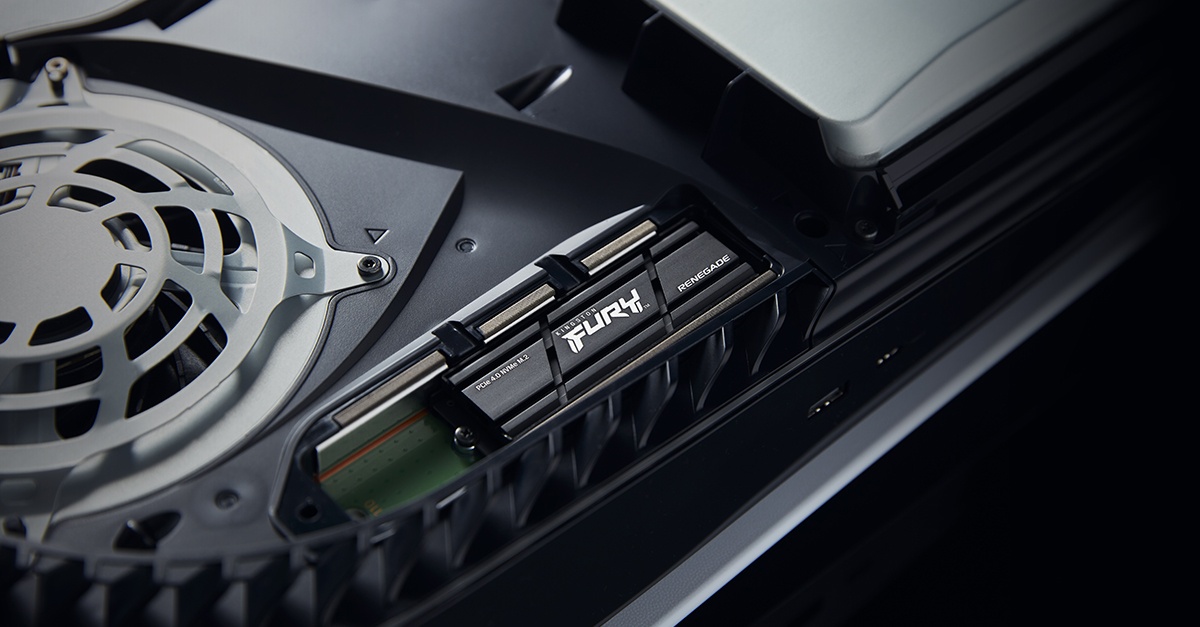Optimizing the PlayStation 5 Heatsink Design: Striking a Balance Between Cost and Performance
Introduction
Sony introduced a redesigned smaller heatsink for the PlayStation 5 (PS5) console in 2023. This modification generated discussion around Sony’s motivations for the change and its potential impacts on the console’s thermal performance. There has been debate as to whether cost reduction was prioritized over maintaining optimal cooling capabilities. This article examines perspectives from users on Sony’s likely goals in reducing heatsink size and real-world thermal impacts based on anecdotal reports.

Sony’s Evaluation of Failure Modes
It’s reasonable to assume that after selling millions of original PS5 units, Sony conducted a thorough evaluation of any failure modes seen across their install base. Their analysis likely determined the large original heatsink was over-engineered given the negligible failures reported. Sony was able to ascertain that a smaller redesigned heatsink could still keep components within normal operating temperature ranges seen in real-world usage scenarios. This presented an opportunity to lower manufacturing costs through a more optimized design.
Potential Thermal Performance Tradeoffs
While a smaller heatsink has reduced surface area available for heat dissipation, improvements in heatsink material properties could theoretically allow for faster heat transfer per unit area. However, it is debatable whether advancements to materials alone can match the cooling capacity of the originally larger design. A smaller heatsink may have a harder time keeping up with heat expelled from the powerful PS5 components during intense gaming sessions or prolonged use in hot environments. This could negatively impact performance and longevity over time.
User Reports Suggest Thermal Issues
One user reported that their original Day 1 PS5 console stays cool even after extended play, while a newer PS5 they purchased recently tends to heat up their living room. This anecdotal comparison suggests the redesigned smaller heatsink is less capable of dispersing heat from the console into the surrounding air. Excess heat build-up inside the console through inferior cooling could not only impact performance but also drive up electricity bills from increased fan speeds needed to compensate.
Balancing Cost Savings and Adequate Cooling
It’s understandable that Sony aimed to optimize heatsink size and manufacturing costs through their redesign while still maintaining reasonable thermal management. However, some argue the company may have prioritized expenses over engineering a solution that fully replicates the cooling power of the original larger design. More real-world usage data would help determine if the thermal performance impacts are minor or cause problems for certain consumers based on environmental conditions, gaming library, or other factors that stress the system.
Improved Materials Alone May Not Suffice
While novel heatsink materials engineering enables better heat transfer in a smaller package on paper, the complex thermal dynamics inside an enclosed system like the PS5 are difficult to simulate precisely. Simply reducing heatsink size with an assumption that material property gains will cover any loss in thermal mass is debatable. There is a risk of unacceptable temperature rises in edge cases where components are pushed to their limits. A more conservative design combining size and material optimizations may have balanced goals more prudently.
User Modifications Offer Insights
Some owners have taken to upgrading their PS5 heatsinks with larger aftermarket models to address perceived cooling inadequacies in Sony’s redesign. User mods provide real-world testing not possible through internal R&D. Early results suggest upgraded heatsinks maintain lower temperatures even under sustained heavy loads. While voiding warranties, these initiatives offer insights into whether the redesigned heatsink alone can truly match the original design’s thermal dissipation on par.
Conclusion
In conclusion, Sony’s primary motivation for the PS5 heatsink redesign was understandably cost reduction. However, anecdotal user reports and third-party heatsink upgrades imply it may not fully replicate the cooling capabilities of the original larger design. A more balanced approach considering conservative sizing coupled with material advancements could have mitigated potential thermal tradeoffs while still achieving cost objectives. With more data, the true impacts may become clearer over the lifespans of these consoles in varying environmental conditions and usage patterns.